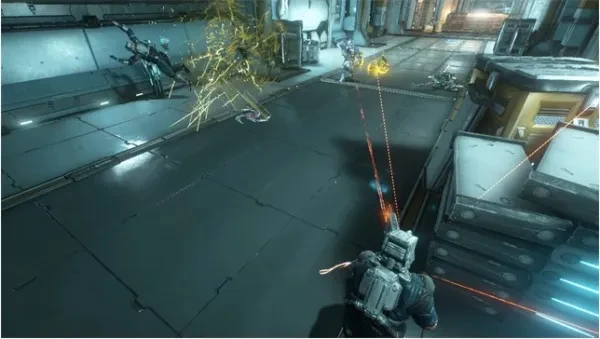
Slay the Spire is, most of all, a game about choices and how they can affect you in unpredictable ways. And perhaps the biggest choice you’ll ever make is the character you play with.
Every one of the four playable characters in Slay the Spire comes with a different playstyle, different cards and mechanics, which means that you will need to adapt your thinking and decision-making to that character alone. Of course, putting a lot of hours into just one character will get you enough experience to understand the game well, but switching to a new character is like having to re-learn all these things from a whole new perspective.
Not only that, but each character has its pros and cons. So, how do you know which characters are the most suited for you? As someone who has put over 300 hours into this game, I also struggled with choosing a character at first. With this review, hopefully you won’t have to.
The Ironclad
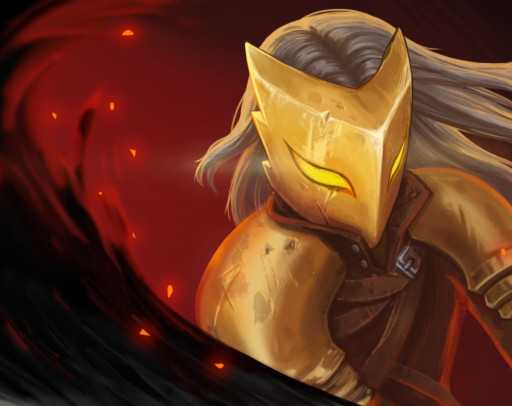
The Ironclad's armour is impenetrable, and his Sword burns with rage.
The Ironclad is definitely the easiest class to start with. His starting relic lets you take some extra damage in the first few fights, as you’ll get healed right back up. With this, the Ironclad’s gameplay becomes way more versatile that some of the other classes, as it allows you to make riskier plays.
As you start playing, the easiest deck you can build will be based off of Strength synergies. You can gain Strength from cards such as Flex, Inflame, Spot Weakness and Wrath Form, and then multiply it to insane amounts with Limit Break. The Ironclad also has access to cards that can inflict the Vulnerable effect on enemies, making every attack deal 50% more damage.
Ironclad can be defensive as well, and play off of cards such as Barricade, Entrench and Corruption to create insane amounts of block that will stop most enemy attacks. This type of strategy usually requires a lot of set up, and it is very hard to make it work without all the key cards.
Once you are more skilled, you can use some of Ironclad’s cards to deal damage to yourself during combat (Hemokinesis, Blood letting) and combine them with cards such as Rupture or Reaper and relics such as Self-Forming Clay for great bonuses that make up for the lost health.
- Score: 8.5
- Pros: Easiest class to start with, Strength decks are straight-forward, great healing
- Cons: Can be hard to pull off some combos without certain key cards
The Silent
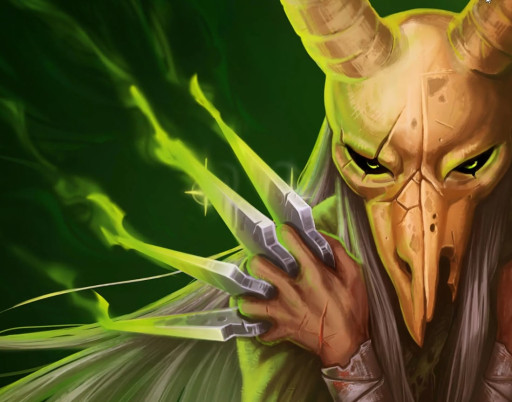
The Silent uses daggers and poison as its main weapons - enemies won't know what hit them.
When I first started playing this game regularly, The Silent was my first pick, but most of my runs ended in a disastrous loss fairly quickly. This is a class that is, in my opinion, very hard to play at first, but if you’re like me, you’ll sure love the challenge!
The Silent’s starting deck is bigger than the other classes’ (with 12 cards instead of 10), which can actually be a great disadvantage. In Slay the Spire, ‘less is more’ is a great saying to live by and removing cards to replace them with better ones is the way to go. For The Silent, having more cards from the start means you might end up with a cluttered deck, making it hard to cycle through and play your desired combos. This class also has a few overpowered cards but many low-tier cards which can make it hard to find a winning deck or amazing synergies.
The upsides of The Silent are the ability to deal passive damage using Poison, as well as great blocking abilities. You can inflict incredible amounts of Poison on enemies using Catalyst, card that doubles an enemy's current poison – a triple digit value of Poison is not uncommon in Silent plays.
Besides poison, you can go for the quick attacks route by using Shivs, 0 cost attacks that deal 4 damage at first, but whose damage you can increase through various other cards. This deck is countered by some of the Bosses however, so it can be hard to find a great balance between attacking constantly and knowing when to block.
Another archetype for the Silent is the Discard one: not too easy to pull off, but incredibly fun and it can lead to some infinite combos (plays that allow you to attack infinitely).
- Score: 6.5
- Pros: Great block, passive damage with poison
- Cons: Most cards are lower tier, can be hard to play properly even with experience
The Defect
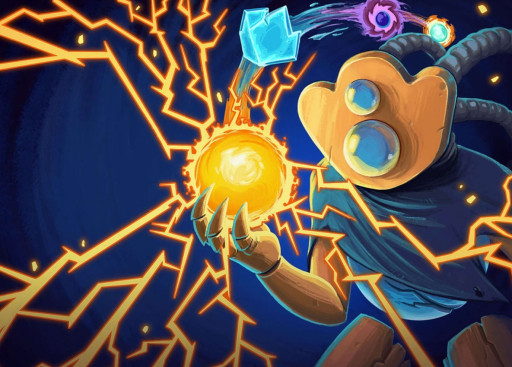
A machine can learn how to use magic to defend itself - the Defect is living proof of it.
The Defect is, without a doubt, the most versatile out of all the classes, and all his strategies are always fun to pull off. What is unique about this class is the ability to cast elemental Orbs like Lightning, Frost, Darkness and Plasma, each with a different effect that can be a huge advantage.
The most fun part of the Defect is the ability to play around each type of Orb for creative combos. For example, Lightning and Frost Orbs offer passive damage to enemies and passive block, and can scale out of control by increasing Focus, and you can also use cards like Thunder Strike and Blizzard, that increase their damage throughout the combat based on the numbers of Orbs you cast.
If Ironclad’s strategy is based around Attacks and The Silent’s around Skills, The Defect’s is strongly linked to Power cards: Defragment, Static Discharge, Electrodynamics and Creative AI are just a few of the amazing Power cards The Defect has access to. You can also play the Defect as a more offensive class, by using Claw cards and All for One to bring them back to your hand for a second reuse – with a strategy like this you’ll surely claw your way to victory.
For the first two classes, you usually opt for a certain strategy and focus your gameplay on it, but this can often result in a loss with the Defect. You don’t need many cards for each strategy, which means you can often combine different archetypes in order to reach the character’s maximum potential (for example, building a lot of Block using Frost Orbs while using Claws to damage enemies)
- Score: 10
- Pros: Orbs can scale out of control, very versatile
- Cons: Committing to just one strategy can be a downside
The Watcher
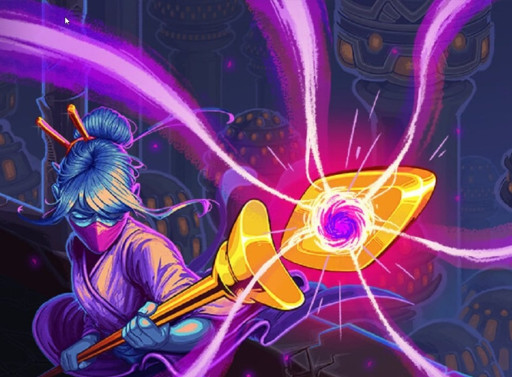
Calm or burning with rage, even a blind ascetic such as the Watcher can conquer the Spire.
As the character that was latest released out of all four, The Watcher was definitely the developers’ way of rewarding long-time players with a character that challenges their game knowledge. This class can be great for beginners as well, but you will definitely get the most out of it once you have more experience in The Spire.
The Watcher’s strategy revolves around its three Stances, Wrath, Calm and Divinity. At first, you only have access to the first two, and to various cards that allow you to ‘dance’ between the two Stances for powerful effects. Divinity requires more setup, but the reward is perhaps one of the strongest effects in the entire game: you gain 3 Energy and all of your attacks will deal triple damage for a turn.
The Watcher’s Retain mechanic allows you to keep many attacks in your hand, so that you can deal your final blow to the enemies once in the Divinity Stance. Divinity can be accessed using cards that give you Mantra, and only when you’ve reached ten Mantra. If you are confident in your math skills, you can also use a card like Blasphemy: it immediately changes your Stance to Divinity, but make sure you win right there and then, because the card’s power will kill you the following turn.
You should also make the most out of the character’s Scry mechanic either: being able to filter through your deck, discarding what you don’t need and only drawing the essential cards is a huge bonus, and very helpful for game-breaking combos.
- Score: 9
- Pros: Crazy burst potential, stances offer amazing benefits with not many drawbacks (if you are experienced)
- Cons: Requires a lot of setup and knowledge of the game
Final verdict:
- Best class to start with: Ironclad
- Best class once you are more experienced: Watcher
You may also be interested in:
- Top 15 Best Roguelike Games To Play Right Now
- Top 10 Best Card Games for PC (Best Digital Card Games)
- The Difference Between Roguelike vs Roguelite Games (Explained)
- Slay the Spire Best Character - Which to Choose
- [Top 10] Slay the Spire Best Cards
- [Top 10] Slay the Spire Best Relics
- [Top 10] Slay the Spire Best Builds
- Slay the Spire Review - Is It Good or Bad?
